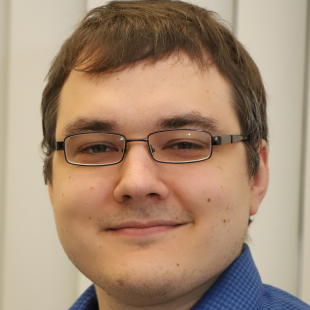
Sven Lange, M.Sc.
Research Associate
Near-field scanner, localization and AI applications
- E-Mail:
- lange@sensorik.uni-paderborn.de
- Phone:
- +49 5251 60-5643
- Web:
- Homepage
- Office Address:
-
Pohlweg 47-49
33098 Paderborn - Room:
- P6.2.3
Publications
Latest Publications
Analyse und Modellierung eines induktiven Ortungsprozesses unter Berücksichtigung der elektromagnetischen Wechselwirkungen planarer Spulensysteme
S. Lange, Analyse und Modellierung eines induktiven Ortungsprozesses unter Berücksichtigung der elektromagnetischen Wechselwirkungen planarer Spulensysteme, Universitätsbibliothek Paderborn, Paderborn, 2025.
A Hybrid Data Generation Approach for the Development of an AI-based EMC Interference Recognition Method
S. Lange, M. Olbrich, D. Hemker, J. Maalouly, J. Kutter, D. Schröder, C. Hedayat, M. Kleinen, A. Grünwaldt, J. Bärenfänger, H. Mathis, H. Kuhn, in: 2024 International Symposium on Electromagnetic Compatibility – EMC Europe, IEEE, Bruges, Belgium, 2024.
Evaluation of Simulated and Real Measurement Data for AI-based Interference Classification in EMC Applications
J. Maalouly, D. Hemker, S. Lange, M. Olbrich, C. Hedayat, J. Kutter, H. Mathis, in: 2024 International Symposium on Electromagnetic Compatibility – EMC Europe, IEEE, Brugge, Belgium , 2024.
Enhancing Information Extraction in EMC Measurements through Artificial Intelligence
M. Stiemer, S. Lange, D. Schröder, C. Hedayat, J. Maalouly, D. Hemker, H. Mathis, in: 2024 Smart Systems Integration Conference and Exhibition (SSI), IEEE, Hamburg, 2024.
Using Autoencoders to Classify EMC Problems in Electronic System Development
J. Maalouly, D. Hemker, C. Hedayat, M. Olbrich, S. Lange, H. Mathis, Advances in Radio Science 22 (2024) 53–59.
Show all publications
